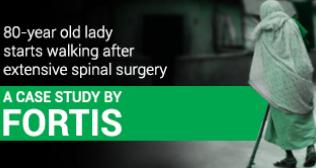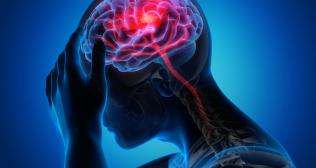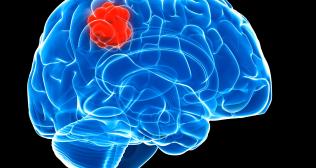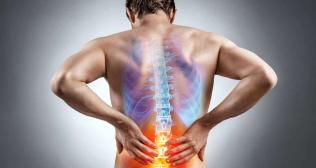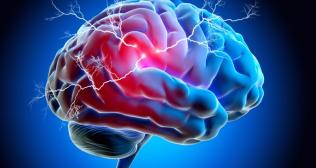Know Your Acute Low Back Pain by Dr. G R Vijay Kumar, Director - Neuro & Spine Surgery
Acute low back pain is a common condition that will affect about four out of five people at some point in their lives. Patients with back pain comprise one in four patients visiting any hospital outpatient department. In the United States, a survey revealed that one in four people had an episode of back pain lasting 24 hours or more in the preceding 3 months. 8% of the population surveyed had an episode of back pain the previous 1-year period.
Factors that play a role in the development of back pain include age, educational status, psychosocial factors, job satisfaction, occupational factors, and obesity. Age is one of the most common factors in the development of low back pain, with several studies finding the highest incidence in the third decade of life and overall prevalence increasing until age 60 to 70 years.
Pain can range from mild to severe. In some cases, pain can make it difficult or impossible to walk, sleep, work or do everyday normal activities. The pain can be localized to the back or may radiate upwards in the spine, or downwards to the tail bone, buttocks, or legs.
Low back pain can result from many different injuries, conditions, or diseases — most often, an injury to muscles, ligaments, discs, or bones in the back.
Evaluation of patients with acute back pain involves obtaining a thorough history and doing a physical examination. The evaluation is also done to elucidate any signs or symptoms that may be suggestive of a non-degenerative pathology like trauma, tumour, or infection.
Acute low back pain without neurological abnormalities like paralysis, weakness, numbness, and difficulty withholding or passing urine or stools, is usually treated medically with rest, analgesia, and physiotherapy. Nowadays, complete bed rest is not prescribed, and patients are advised to remain as active as their pain permits. The preferred analgesic is Paracetamol and a non-sedating muscle relaxant like Metaxalone or Chlorzoxazone. Non-steroidal anti-inflammatory drugs and opioids are added as needed. Topical pain gel application and warm compress are usually helpful.
A course of physiotherapy has been shown to be beneficial- commonly used treatments are ultrasound therapy (UST), laser therapy, Transcutaneous Electrical Nerve Stimulation (TENS), and Interferential Therapy (IFT) either singly or in different combinations. Massage therapy and acupuncture are other alternative therapy options.
Most often, acute back pain is the result of injury and inflammation affecting the disco-ligamentous structures in the spine, with attendant paravertebral muscle spasm. Usually, such episodes will resolve, and the patient will recover and not have long-term sequelae. But patients who have persistent pain or signs or symptoms of underlying disease like infection, malignancy, or degenerative disorders will require further investigations with a blood test and imaging studies. Imaging studies performed for spinal disorders include X-rays, MR imaging, CT scan, Bone scan, and PET-CT.
Less than 10% of patients presenting with back pain require any surgical intervention. Most spinal surgery can be performed nowadays by minimally invasive or microsurgical techniques. These modern techniques permit faster recovery, less pain, quicker return to work and normal activities, and better cosmetic results.
The general advice for all patients with back pain is to exercise regularly, quit smoking, avoid being overweight, practice good work ergonomics, lift weights carefully, and consult a doctor early for acute or persistent pain.
DR. G R VIJAY KUMAR
Director - Neuro & Spine Surgery







